Quackgrass
Information
Elytrigia repens - Poaceae Family
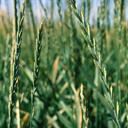
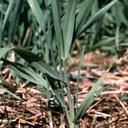
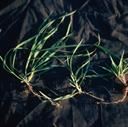
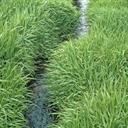
Identification
- Flowers: The seed head grows to about 3 to 8 inches long and appear in July.
- Seeds: Spreads both by seed and rhizomes.
- Leaves: The leaf blades are up to a ½ inch wide. Near the tip, the leaves have a band-like constriction.
- Flowering Time: June to August.
- Life cycle: Quackgrass is a 1-3 foot tall rhizomatous perennial that spreads by rhizomes and seeds. The rhizomes are creamy white to yellowish colored and pointed.
Impacts
- Quackgrass is a highly competitive agricultural weed. It can significantly reduce crop yields, and seed contamination of seed grain crops reduces the value of the harvest.
Control
Most effective control methods
- A good healthy lawn will outcompete Quackgrass and reduce the likelihood of its establishment. One approach to do this is to increase nitrogen fertilizer and mowing.
- Chemical applications can yield good results if repeated and used with reseeding. Products containing glyphosate are effective but must be repeated.
- Because Quackgrass is a rhizomatous plant, mechanical controls that sever rhizomes usually result in an increase in new plants. An aggressive rhizome system will spread into adjacent areas. Under good conditions, a small patch of Quackgrass can increase 6 feet in diameter during one growing season.
Large Images
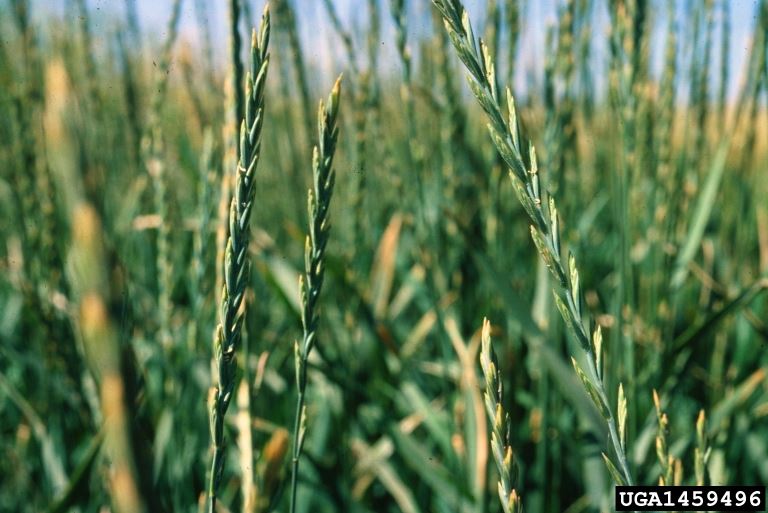
Quackgrass
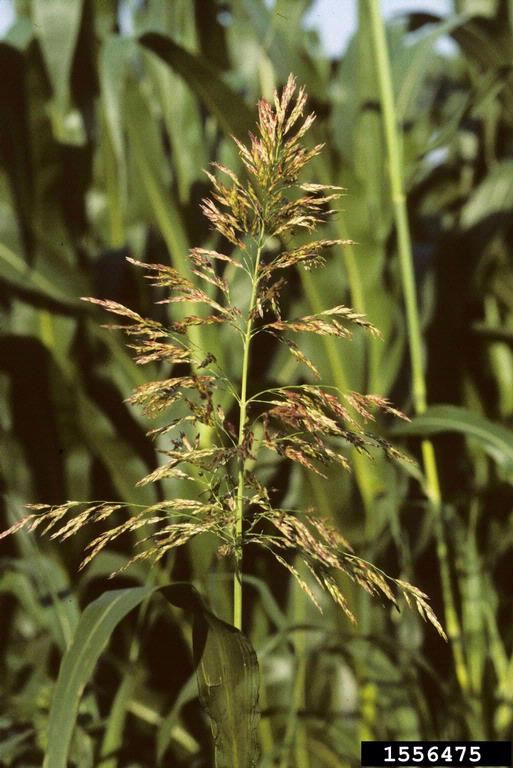
Quackgrass: stems and foliage
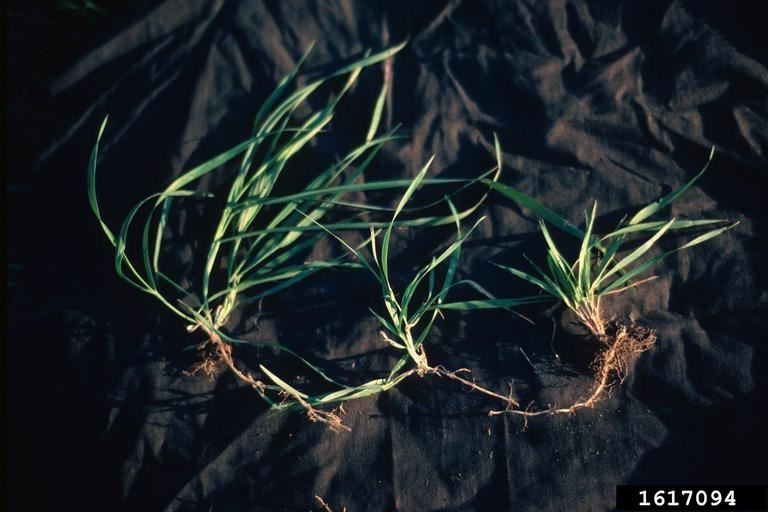
Quackgrass: root system
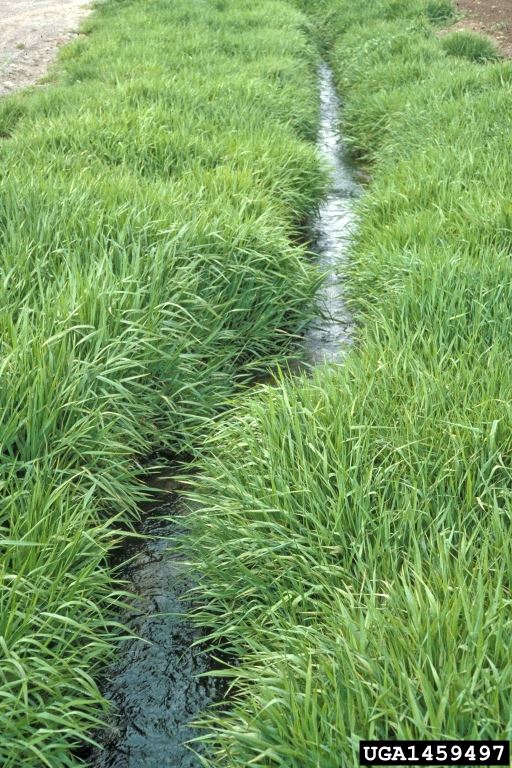
Quackgrass: infestation
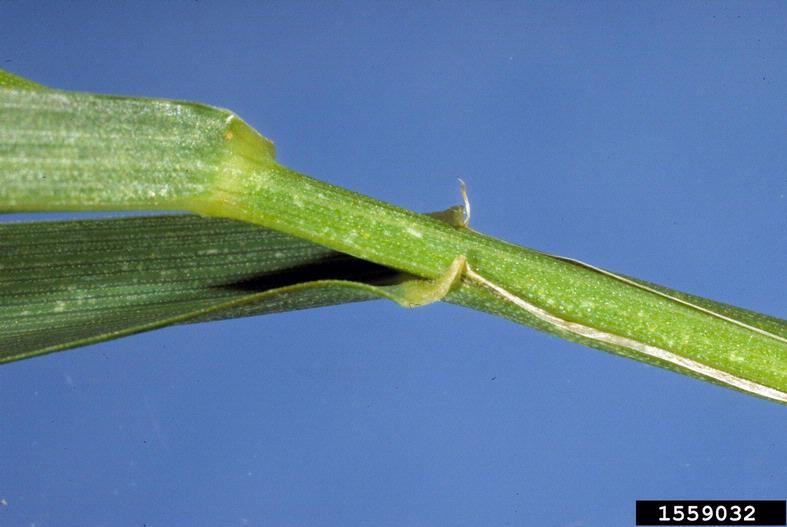
Quackgrass: stem with leaf collar
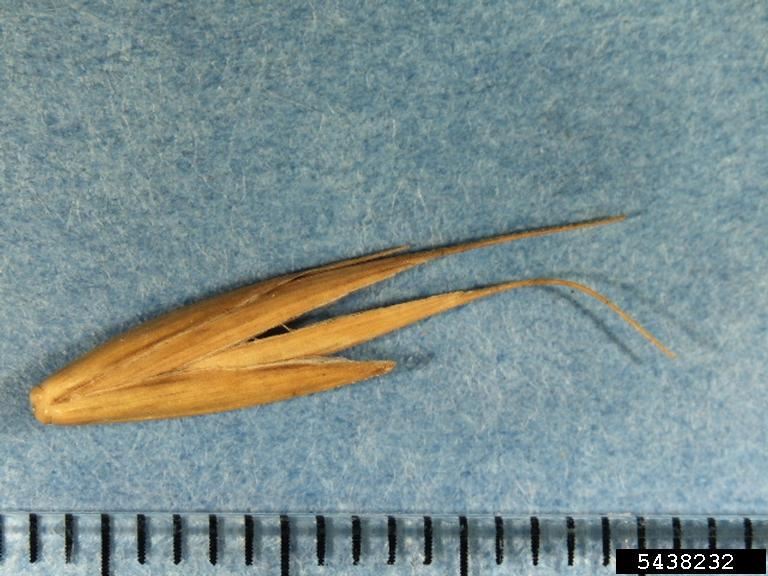
Quackgrass: seed
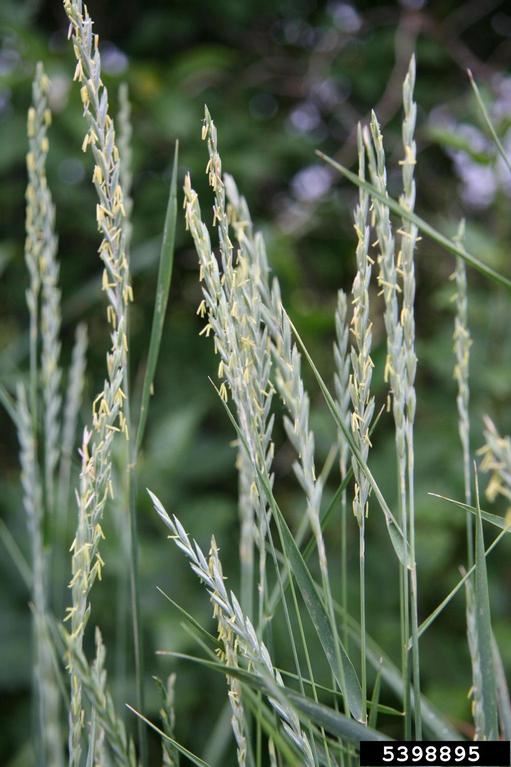
Quackgrass: flowers
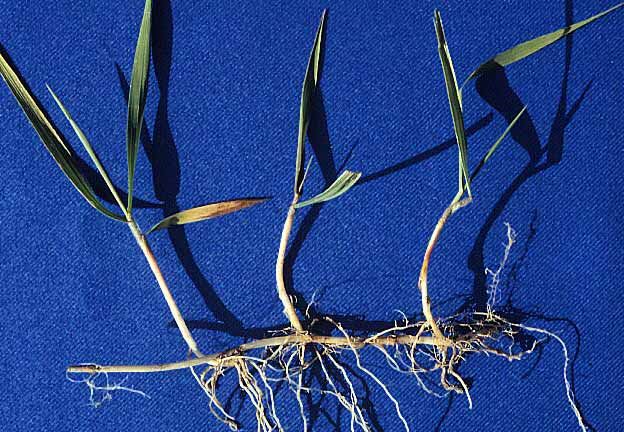
Quackgrass: root system
Resources
-
References
Center for Invasive Species and Ecosystem Health at the University of Georgia. (2013, December 19). Elymus repens. Retrieved from https://wiki.bugwood.org/Elymus_repens
DiTomaso, J.M., G.B. Kyser et al. (2013). Weed Control in Natural Areas in the Western United States [PDF file]. Weed Research and Information Center, University of California. Retrieved from https://wric.ucdavis.edu/information/natural-areas/wr_E/Elytrigia.pdf View PDF
Invasive Species Compendium. (2018, March 27). Elymus repens (quackgrass). Retrieved from https://www.cabi.org/isc/datasheet/3726
Thurston County Noxious Weeds Program. (2009, November). Quackgrass [PDF file]. Retrieved from https://www.co.thurston.wa.us/health/ehipm/pdf/quackgrass.pdf View PDF
University of California Statewide Integrated Pest Management Program. Quackgrass (elytrigia repens). Retrieved from http://ipm.ucanr.edu/PMG/WEEDS/quackgrass.html




